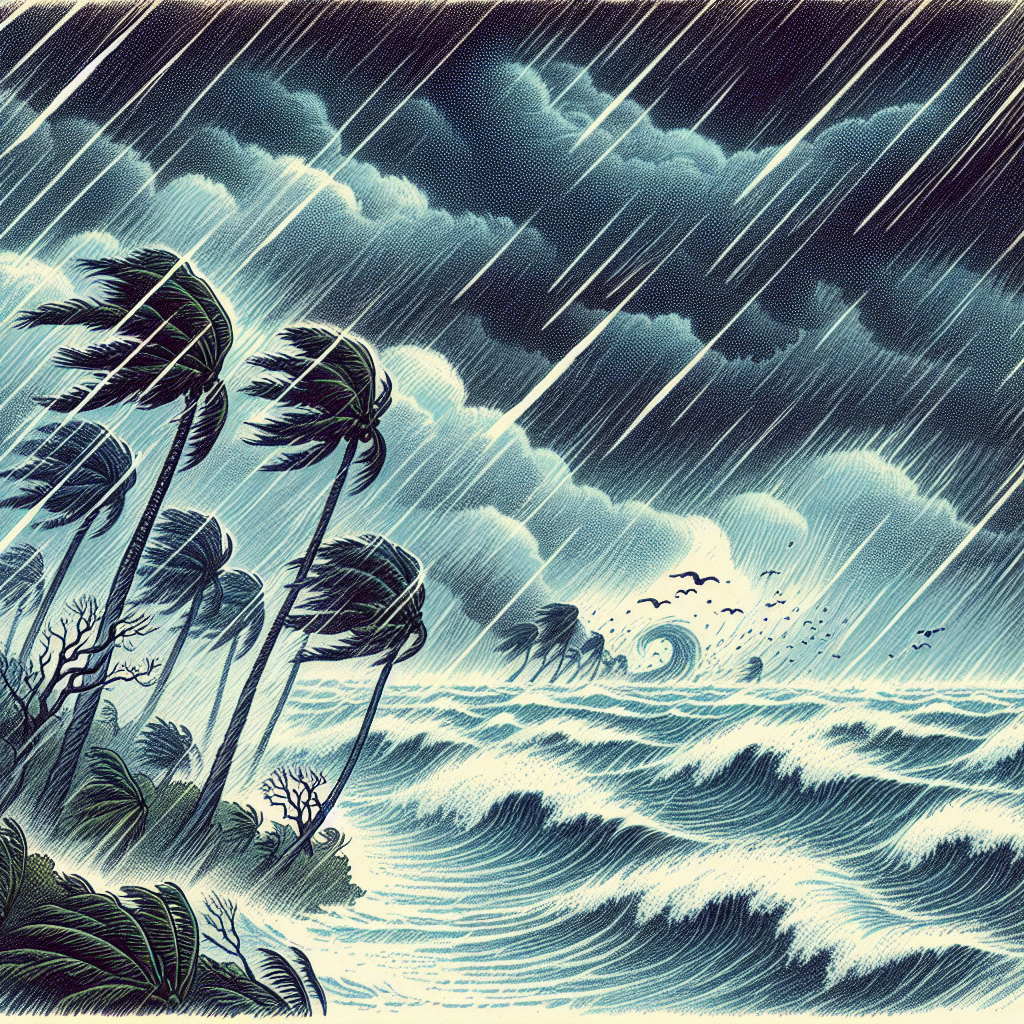Flooding Fury: Vietnam's Battle Against Unyielding Storms
In the aftermath of Typhoon Matmo, heavy rainfall caused widespread flooding in northern Vietnam, resulting in three casualties and substantial damage to homes. The country is struggling with frequent and intense tropical cyclones, a phenomenon experts attribute to climate change. The government has released emergency aid for affected areas.

- Country:
- Vietnam
Torrential rains following Typhoon Matmo have led to severe flooding across northern Vietnam, claiming at least three lives and damaging thousands of residences.
Though the typhoon didn't directly hit Vietnam, it unleashed heavy rain on Tuesday, swelling rivers, inundating streets, submerging homes, and triggering landslides in regions beleaguered by four previous storms since September.
State media reports indicate over 4,800 homes were affected. Authorities confirmed three fatalities due to landslides in Cao Bang and Thanh Hoa provinces, while four individuals remained missing after being swept away by floods in Thai Nguyen and Thanh Hoa.
In heavily impacted Thai Nguyen, north of Hanoi, the surging Cau River inundated several communities, with residents noting the rapid incursion of water prevented them from salvaging belongings. Isolated neighborhoods received deliveries of aid via rescue boats.
Although the rain ceased by Wednesday, warnings persisted for low-lying regions anticipated to experience continued flooding through the weekend. Prime Minister Pham Minh Chinh approved a 140 billion VND ($5.3 million) emergency fund for northern provinces, per state media.
Vietnam typically faces 10 to 13 tropical cyclones annually, but increased storm frequency points to a climate change-driven shift, explained Benjamin Horton of City University of Hong Kong's School of Energy and Environment.
Vietnam's storm season began in August with typhoons like Kajiki, Ragasa, and Bualoi, and experts agree global warming is intensifying and wetting tropical storms. Warmer seas provide storms with more energy, resulting in stronger winds, heavier rainfall, and altered precipitation patterns across East Asia.
(With inputs from agencies.)
ALSO READ
Tragedy in the Hills: North Bengal's Deadly Landslides and Floods
Rising Tragedy: Nepal's Devastating Landslides and Floods
Nepal Rescues: Army and Authorities Unite Amidst Torrential Rains and Landslides
Devastating Rains Trigger Deadly Floods and Landslides in Darjeeling and Nepal
Tragedy in the Hills: Devastating Landslides in West Bengal










